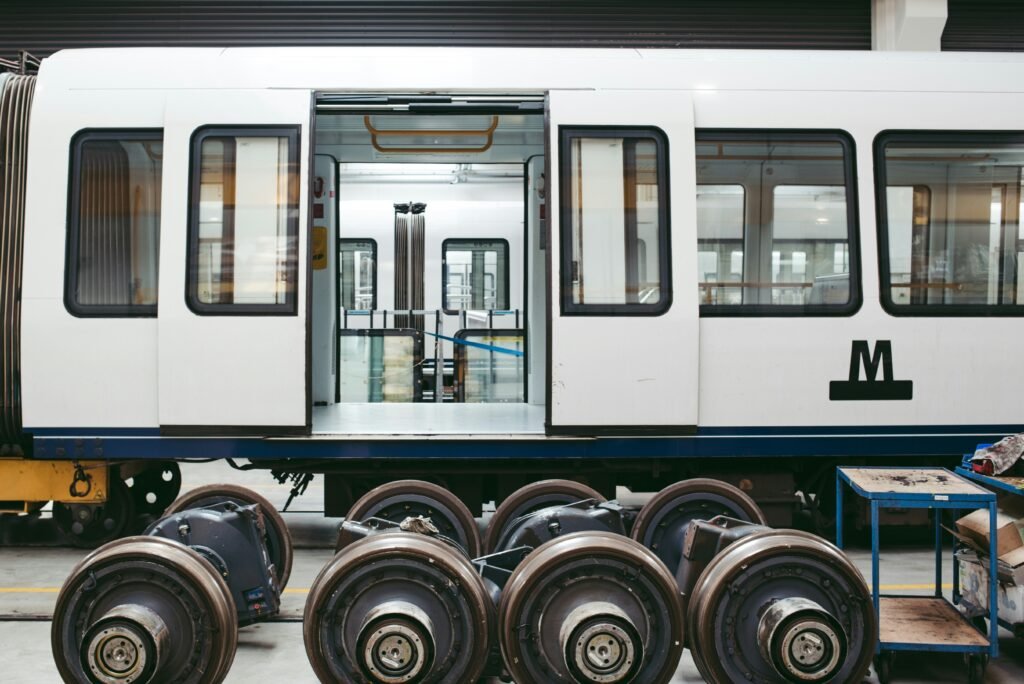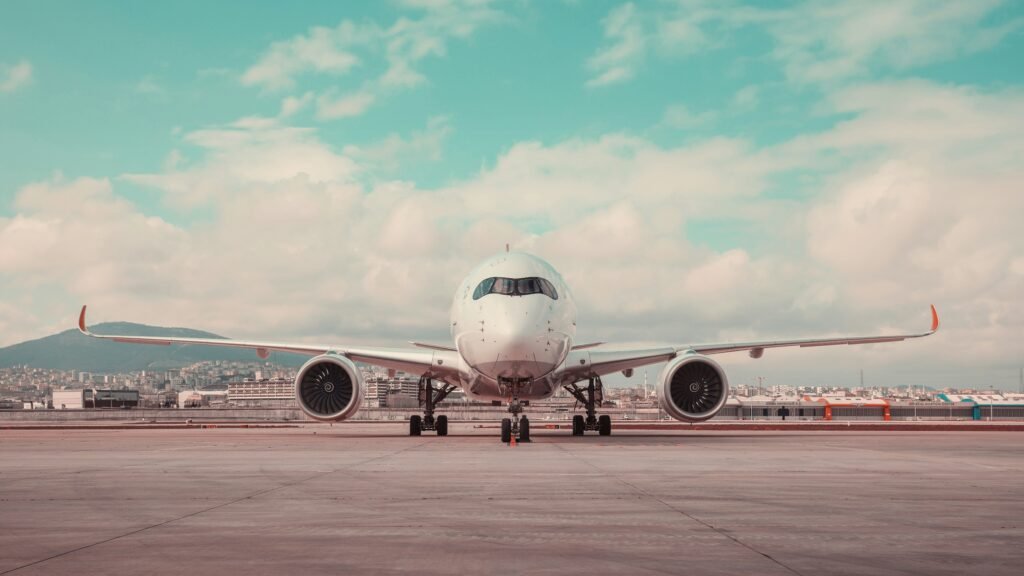Optimizing Equipment Mechanics in Descent
In the exhilarating world of descending, having your equipment optimized and functioning efficiently can make all the difference between a successful descent and a risky endeavor. By understanding the mechanics of your gear and how to optimize each component, you can ensure a safe and enjoyable experience every time you head out for a new adventure.

This image is property of images.unsplash.com.
Item and Equipment Mechanics in Descent
Before diving into the specifics of each piece of equipment, it’s important to have a basic understanding of how items and equipment function while descending. Each piece of gear plays a crucial role in your safety and overall experience, so knowing how they work together is key to optimizing their performance.
When heading out for a descent, consider the interplay between your dive equipment, such as your buoyancy compensator device (BCD), regulator, fins, and mask, as well as any additional items like a dive computer, underwater camera, or lights. Each piece of gear contributes to your overall comfort, safety, and ability to navigate the underwater environment effectively.
Buoyancy Compensator Device (BCD)
Your BCD is a vital piece of equipment that helps you control your buoyancy while descending and ascending. Optimizing the mechanics of your BCD involves ensuring a proper fit, properly inflating and deflating it to maintain neutral buoyancy, and practicing good buoyancy control techniques underwater.
Remember to adjust your BCD’s weight system according to your needs and the diving conditions. Having the right amount of weight will help you achieve proper trim and buoyancy, making your descent smoother and more comfortable.
Regulator
The regulator is responsible for delivering the air from your tank to your lungs, making it an essential component of your dive equipment. To optimize the mechanics of your regulator, perform regular maintenance checks, including inspecting hoses, O-rings, and mouthpieces for signs of wear or damage.
Practice proper breathing techniques while descending to prevent over-breathing, free-flows, or other issues related to regulator function. Make sure to maintain a clear airway and a relaxed breathing rhythm to prevent any complications during your descent.
Fins
Fins play a crucial role in propulsion and maneuverability underwater, allowing you to move efficiently and conserve energy while descending. To optimize the mechanics of your fins, choose a pair that fits well and suits your diving style, whether you prefer split fins, paddle fins, or other types.
Practice proper finning techniques, such as the frog kick or flutter kick, to minimize effort and maximize propulsion while descending. Remember to trim your fins properly to avoid drag and enhance your overall diving experience.
Mask
Your mask not only provides you with clear vision underwater but also creates an air space for your nose and eyes, allowing you to equalize the pressure in your ears as you descend. To optimize the mechanics of your mask, choose a model that fits snugly, prevents leaks, and offers a wide field of vision.
Practice proper mask clearing techniques to ensure a clear view during your descent, including the standard mask clearing and mask defogging methods. Keeping your mask clean and properly maintained will enhance your visibility and comfort while exploring the underwater world.
Additional Equipment
In addition to your essential dive gear, you may choose to bring along additional items to enhance your descent experience, such as a dive computer, underwater camera, or underwater lights. To optimize the mechanics of these items, familiarize yourself with their features and functions before heading underwater.
Practice using your dive computer to monitor depth, bottom time, and decompression status during your descent, ensuring that you stay within safe limits and avoid decompression sickness. Test your underwater camera or lights in different conditions to capture stunning images or illuminate your path while descending.
Gear Maintenance and Care
Proper maintenance and care of your dive equipment are essential for optimizing its mechanics and ensuring safe and reliable performance on every descent. By following a routine maintenance schedule and taking the time to clean and inspect your gear regularly, you can prolong its lifespan and prevent potential issues during your dives.
Cleaning
After each dive, rinse your equipment thoroughly with fresh water to remove salt, sand, and other debris that could cause damage or corrosion. Pay special attention to delicate parts, such as regulators, dive computers, and cameras, and use a mild detergent to clean stubborn spots.
Allow your gear to air dry completely before storing it to prevent mold or mildew growth. Hang your wetsuit, BCD, and fins in a well-ventilated area, and store your mask, regulator, and other sensitive items in a protective case to avoid damage.
Inspection
Regularly inspect your gear for signs of wear, damage, or malfunctions that could impact its performance while descending. Check hoses, O-rings, mouthpieces, lenses, straps, and other components for cracks, leaks, tears, or corrosion, and replace any damaged parts immediately.
Check your tank’s hydrostatic test date, regulator service date, and other equipment maintenance schedules to ensure that everything is up to date and safe for diving. Keep a logbook or digital record of your gear inspections, maintenance, and repairs for future reference.
Storage
Store your dive equipment in a cool, dry place away from direct sunlight, heat, moisture, or chemicals that could degrade its materials or compromise its functionality. Keep your gear organized and protected from dust, pests, and other contaminants that could impact its performance.
Use padded gear bags, storage bins, or equipment racks to keep everything in order and prevent damage during transportation or storage. Consider investing in a gear drying and storage system to air out wet or damp items and prolong their lifespan.

This image is property of images.unsplash.com.
Optimizing Performance Underwater
Once you have your gear optimized and maintained, it’s time to focus on optimizing your performance while descending. By practicing essential diving skills, improving your technique, and ensuring proper communication with your dive buddy or team, you can enhance your overall experience and safety underwater.
Buoyancy Control
Mastering buoyancy control is essential for optimizing your descent mechanics and conserving energy while exploring the underwater environment. Practice fine-tuning your BCD inflation and deflation, using your lungs to adjust buoyancy, and maintaining proper trim for a streamlined descent.
Experiment with different weighting configurations, body positions, and kicking techniques to find what works best for you and your gear. Remember to adjust your buoyancy throughout your descent to account for changes in depth, current, and air consumption, maintaining a comfortable and efficient profile underwater.
Navigation
Navigating underwater requires a combination of visual references, natural clues, and orientation skills to stay on course and reach your desired destination safely. Use a dive compass, underwater landmarks, and buddy signals to communicate with your team and maintain situational awareness during your descent.
Practice using natural navigation techniques, such as following reef formations, sun angles, or current patterns, to guide your way and conserve air while descending. Stay alert to changes in the underwater environment, communicate effectively with your buddy, and plan your descent and ascent routes in advance to avoid getting lost or separated.
Communication
Clear communication with your dive buddy or team is crucial for optimizing your performance underwater and ensuring a safe and coordinated descent. Establish hand signals, verbal cues, and emergency procedures before descending, and review them regularly to stay in sync while exploring the underwater world.
Practice buddy checks, safety drills, and equipment checks before each dive to confirm that everyone is prepared and equipped for the descent. Maintain visual contact with your buddy, communicate any concerns or issues effectively, and support each other throughout the dive to enhance safety and enjoyment underwater.

This image is property of images.unsplash.com.
Conclusion
Optimizing the mechanics of your equipment and improving your performance while descending are essential steps for maximizing your safety, comfort, and enjoyment on every dive. By understanding the functions of your gear, practicing proper maintenance and care, and honing your diving skills, you can enhance your overall experience and explore the underwater world with confidence and ease.
Remember to prioritize safety, communication, and preparedness while descending, and always follow best practices and guidelines to ensure a successful and rewarding dive. With a combination of knowledge, practice, and attention to detail, you can optimize your equipment mechanics in descent and make the most of every underwater adventure.
